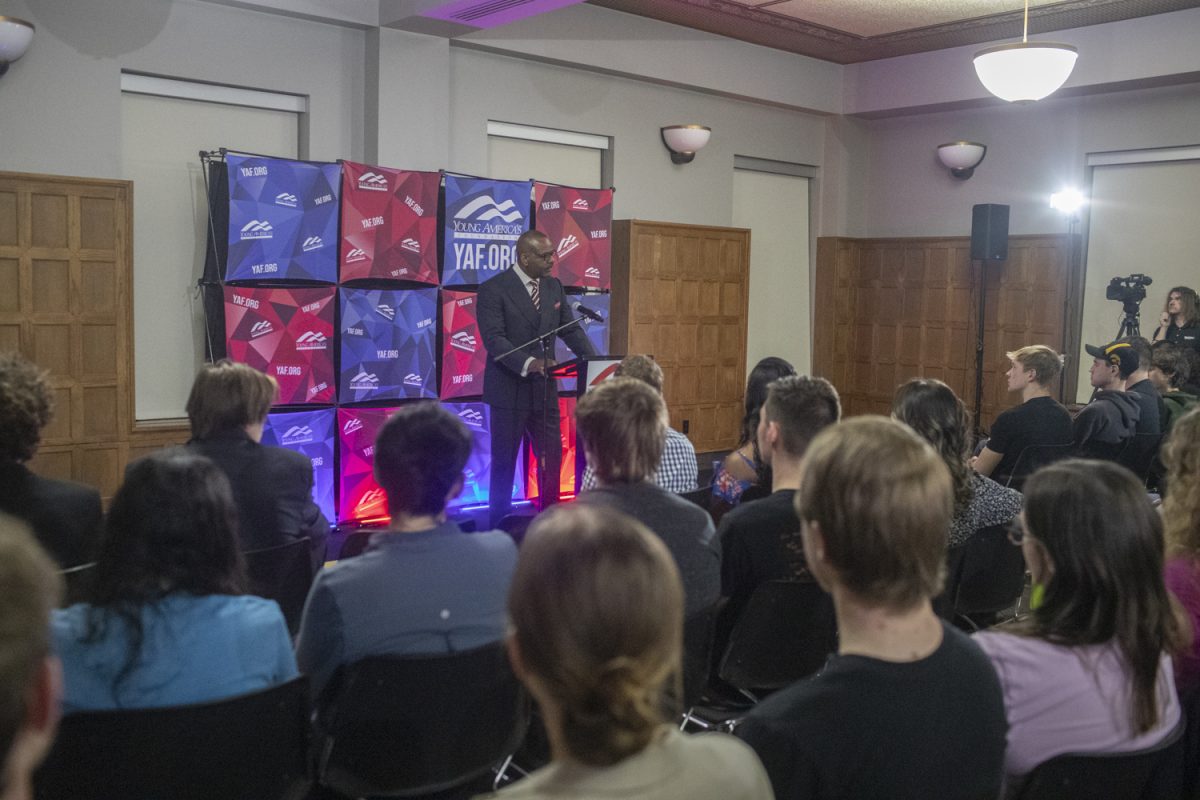Balance and equity in local schools
The strategic goals for the Iowa City School District focus on raising reading and math proficiency for all students and narrowing the achievement gap that exists for our minority students. Through access to great teachers and top-notch facilities, our duty as a School District is to ensure that we are providing all students with the necessary tools to reach their highest potential.
We have amazing faculty and staff who work tirelessly to reach all of our students. Our tradition of high student achievement is a testament to their professionalism and their passion. As we see with our achievement gap, though, it’s not enough just to have dedicated teachers. If you listen to teachers, the emotional challenge they face knowing that some students are slipping through the cracks is heartbreaking. Too often, the barriers students encounter in their lives affect their learning between the hours of 8-4 and can be insurmountable for many. Our teachers, our principals, and five decades of research tell us that minimizing those barriers matters.
Poverty, English Language Learner Status, and Special Education Status are recognized by the Department of Education and are codified in our board policies as significant barriers to learning. These are concrete, well-documented forces that, when concentrated, challenge our students and teachers. Student mobility and stability are also recognized as important factors that are much harder to control, but they are often related to poverty. Interestingly, distance traveled by bus has almost no correlation to academic performance. One needs to look no further than College School District just 15 minutes to the north, in which nearly all students are bussed, and classroom barriers are balanced in order to maximize student achievement.
We are taking a multitiered approach to minimizing these barriers. In the long term, addressing affordable housing is critical, and the School District continues to drive that conversation for the entire region. In the short term, our weighted resource allocation model will ensure that staff assignments are made in a way that classrooms with the most barriers to learning have smaller class sizes and more focused instruction. This model is a temporary fix and becomes less feasible, though, where overcrowding exists. As we open new facilities, redefining attendance zones helps to ensure that overcrowding is addressed and the deck isn’t stacked against our most vulnerable students.
After nearly a yearlong process of gathering community input and careful consideration, the decision was made to link boundary changes to the Facility Master Plan time line, keep groups of students together with a clean feeder system, and focus on student outcomes by balancing the recognized classroom barriers. In May 2015, the board passed a secondary boundary plan on a 6-1 vote that encompassed all of these values. Those in favor included numerous seasoned board veterans as well as one of the most venerated longtime advocates for equity and minority voices in this community.
Recently, on a 4-3 vote, the new board unexpectedly shifted course from the previous decision, justifying it by citing transportation as a barrier despite no data to support the claim. We can overcome transportation issues, and we currently do so on a daily basis throughout the district for students with no access to public transportation in North Liberty and Hills. Proponents of this sudden change disregarded thousands of hours of community input and haphazardly created a new secondary boundary plan that has resulted in a district segregated by wealth, race, and opportunity for our students facing the longest odds at City and West while creating a smaller, affluent new high school with fewer curricular and extracurricular opportunities at Liberty. I don’t believe this new plan is what we value as a community, and it goes against the very core belief that all students should have access to equitable buildings, teachers, and classrooms.
It’s not too late to fix this misstep and get back on track, though. The special election for the vacant board seat on July 19 has become a referendum on the board’s direction and equity. Respect the yearlong process and return to the 2015 secondary boundaries plan. Deliver the goals of our strategic plan. Pass the GO bond next year, and finish the Facility Master Plan. Seize this moment in our history to set all three high schools on a pathway to opportunity. Start focusing on what happens in the classroom. Our students depend on it.
— Brian Kirschling, ICCSD School Board member










